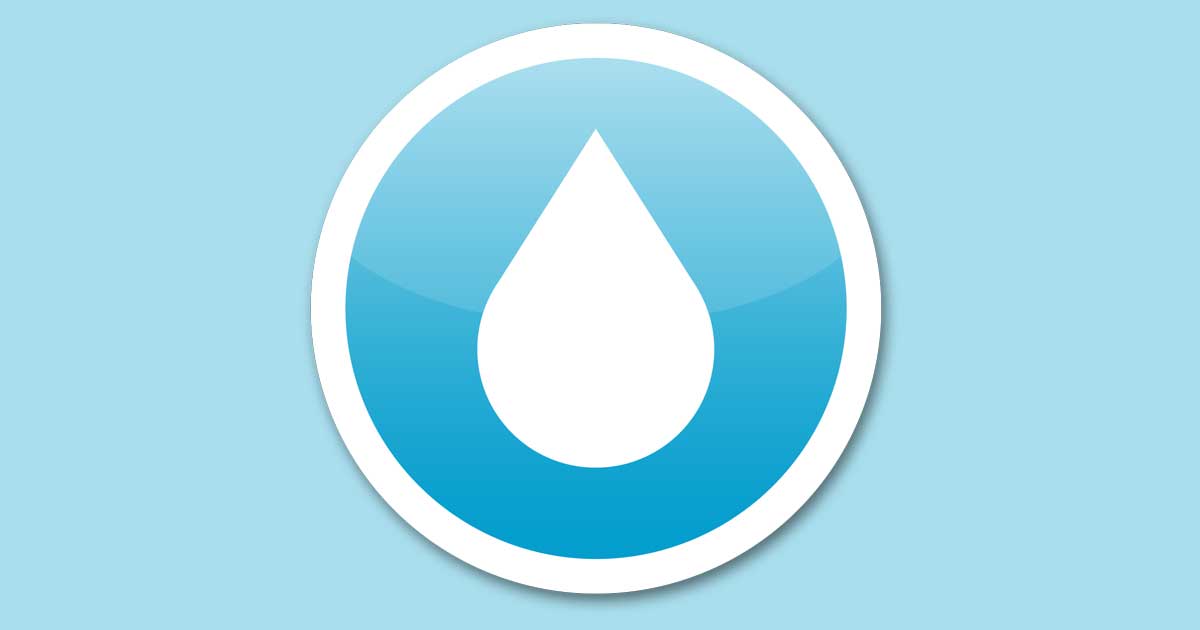Cooling Off This Summer: The Importance of Hydration and Water Conservation
June 01, 2025

June marks the official start of summer, bringing longer days, sunshine, and warmer temperatures.
With the heat comes the increased need to stay hydrated, but it’s also a time when we need to be more mindful of our water usage.
Whether you’re spending time outdoors, engaging in summer activities, or enjoying a cool drink, water is essential for both your well-being and the planet.
Hydration: A Vital Part of Summer Health
Summer heat can be relentless, and staying hydrated is critical to maintaining your health. Here are some important reasons why hydration is especially important during the warmer months:
-
Regulates Body Temperature: As temperatures rise, your body sweats more to cool off. Water helps regulate your body temperature, preventing heat exhaustion and heat stroke.
-
Boosts Energy: Dehydration can make you feel sluggish and tired. Proper hydration keeps your energy levels up, making it easier to enjoy all the fun summer activities.
-
Supports Digestion: Water aids in digestion, which can sometimes slow down in the heat. Keeping hydrated helps prevent issues like bloating or constipation.
-
Keeps Skin Healthy: The hot sun and dry air can leave your skin parched, but proper hydration helps maintain skin moisture and elasticity.
Tip: Carry a reusable water bottle with you throughout the day and sip water regularly to maintain your hydration levels. Aim for at least eight glasses a day, and more if you’re engaging in outdoor activities or exercise.
Water Conservation in Summer: Protecting Our Most Valuable Resource
As temperatures climb, the demand for water also rises, particularly for things like watering lawns, filling pools, and taking longer showers. It’s more important than ever to practice water conservation during the summer months. Here are some easy and impactful ways to conserve water this summer:
- Water Your Lawn Wisely: Watering your lawn early in the morning or late in the evening reduces evaporation. Watering during the heat of the day can lead to wasteful runoff. Consider installing a drip irrigation system or soaker hoses to minimize water usage while ensuring your plants get the moisture they need.
- Limit Time in the Shower: Summer often brings longer, more refreshing showers, but reducing your time in the shower helps save gallons of water. Try setting a timer to remind yourself to finish up within five to ten minutes.
- Use a Pool Cover: If you have a pool, using a cover when it's not in use helps reduce evaporation, saving thousands of gallons of water throughout the summer.
- Fix Leaky Faucets and Pipes: Leaky faucets and pipes are often overlooked but can waste a surprising amount of water. Take the time to fix any leaks in your plumbing system to conserve water.
- Re-purpose Water: Use leftover water from boiling pasta or vegetables to water your plants. Even rainwater can be collected and used for outdoor needs like gardening or washing the car.
Cool Off Without Wasting Water: Summer Activities for Fun and Conservation
Summer is the perfect time to enjoy water-based activities like swimming, boating, or cooling off with a water balloon fight. However, you can have fun without wasting water in the process:
-
Stay Cool with Homemade Ice Pops: Instead of using a pool or constantly filling up water balloons, make your own homemade ice pops or flavored ice cubes using leftover water or fruit juices.
-
Outdoor Fun with Minimal Water: Plan a scavenger hunt or go on a nature walk—activities that keep everyone cool without the need for excessive water use.
-
Hydrate with Water-Based Recipes: Instead of sugary sodas or juices, try making your own flavored water with fresh fruits, herbs, and a splash of citrus. This gives you hydration and a refreshing twist on regular water.
Summer is a time to relax, have fun, and enjoy the great outdoors—but it's also a time to remember the value of water. By staying hydrated and practicing water conservation, we can make sure that our water resources stay abundant for future generations, all while keeping ourselves cool and healthy. So, drink up, stay refreshed, and let’s do our part to protect the planet this summer.
Happy Summer! Stay hydrated and water-wise.
Additional Articles
https://familydoctor.org/hydration-why-its-so-important/
https://www.ncoa.org/article/10-reasons-why-hydration-is-important
https://www.heart.org/en/healthy-living/fitness/fitness-basics/staying-hydrated-staying-healthy
https://www.healthline.com/nutrition/7-health-benefits-of-water
https://ktvl.com/features/for-pets-sake/tackle-the-heat-head-on-with-these-pet-hydration-tips
https://www.webmd.com/a-to-z-guides/dehydration-adults
https://www.mayoclinic.org/diseases-conditions/dehydration/diagnosis-treatment/drc-20354092
